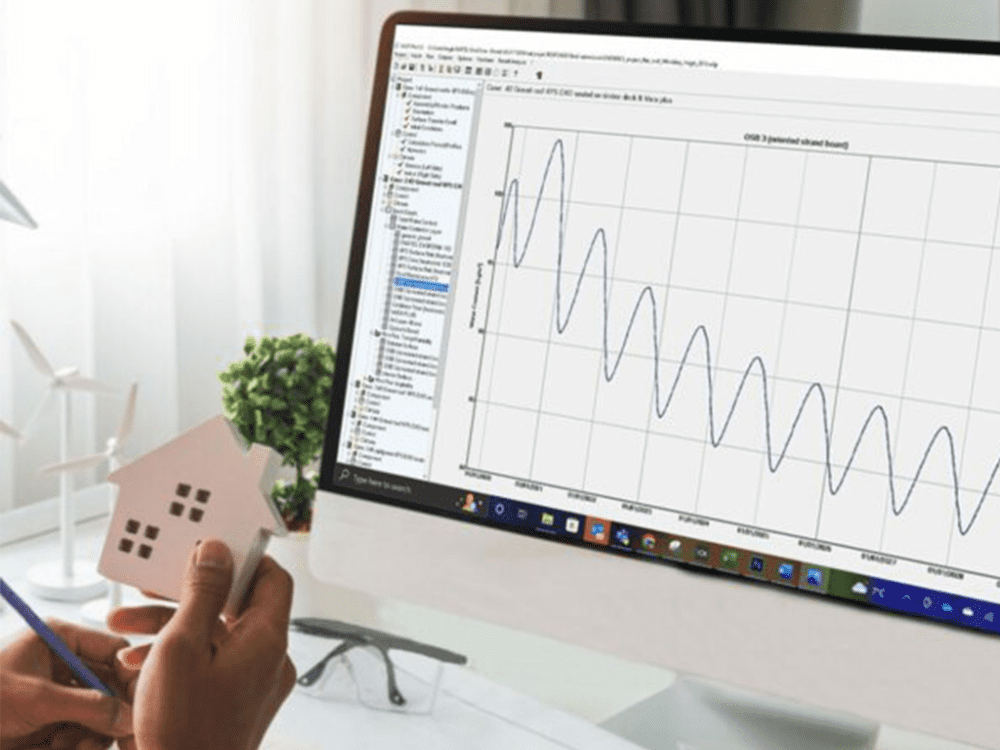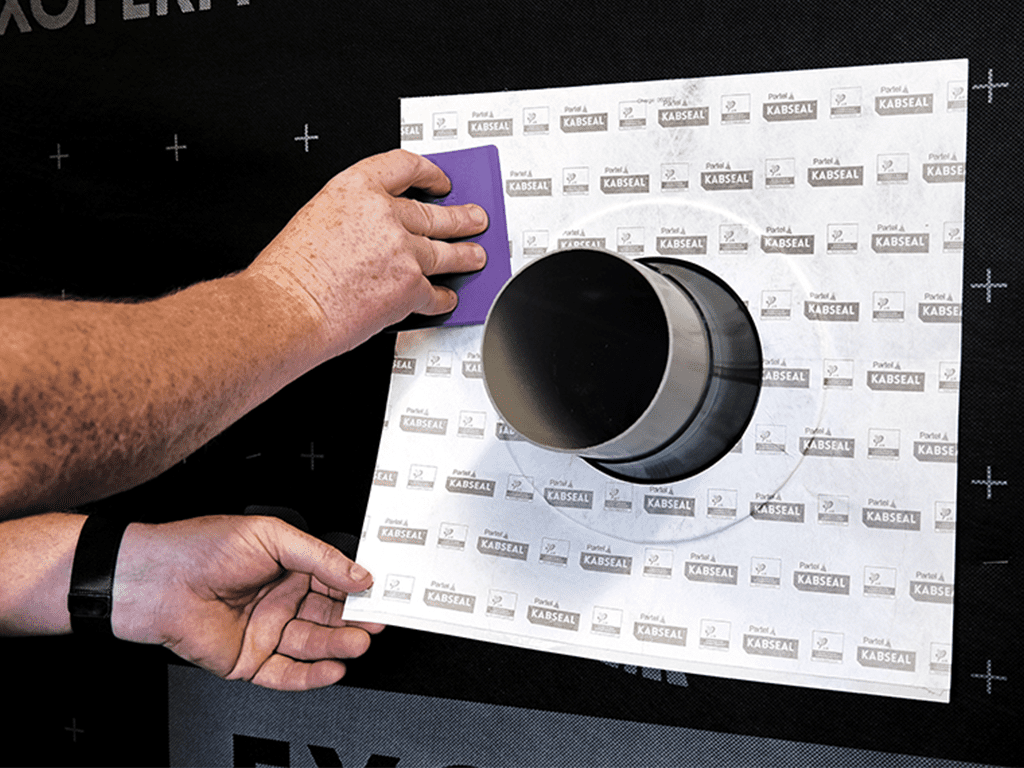In a recent exploration of the Irish government’s latest publication, ‘Improving Energy Efficiency in Traditional Buildings – Guidance for Specifiers and Installers,’ Dara, our Director in the UK, provides an analysis of 5 key paragraphs particularly relevant to the work we do at Partel. This blog article delves into the insights and opinions of our expert, highlighting the key aspects of the document that align with and enhance our approach to building energy efficiency.
1. Moisture Management in Traditional Buildings: A Critical Analysis
While there is a huge amount of useful information in the recently published guide, the section on Moisture Management is particularly relevant to us at Partel. The identification of driving rain as a major source of moisture in traditional buildings is crucial. Our technical team has often highlighted this as a concern in retrofit projects.
The document does well to underscore the importance of airtightness and maintaining vapour permeability towards both the internal and external side of building elements, a principle guiding our choice of the VARA PLUS membrane & VARA Seal tapes in retrofit solutions. VARA range prevents vapour from becoming trapped within the building fabric. It changes permeability according to the ambient relative humidity (RH) – this contributes to maximum protection in the building envelope where moisture levels are critical.
While we are glad to see condensation risk assessment being encouraged, it is a little disappointing to see I.S EN ISO 13788 still being included here. We feel this contradicts the important point made earlier about the impact of driving rain, as the standard clearly states, “This International Standard is not intended to be used for building elements where there is airflow through or within the element or where rainwater is absorbed”. For this reason, all our condensation risk analysis is carried out using WUFI Pro, in accordance with I.S EN ISO 15026 (a hygrothermal analysis where these factors are accounted for).
2. Airtightness: The Key to Energy Efficiency and Moisture Control
Given the variability in retrofit approaches, the information in this section is understandably broad. It’s great to see the acknowledgement of airtightness not only for energy savings but also for preventing moisture movement. This underscores the need for products like our VARA FLUID Spray membrane to ensure optimum moisture flow through building structures.
3. Ventilation Strategies: Integrating Non-Ducted MVHR Systems
The guide’s segment on ventilation includes valuable information on non-ducted MVHR systems, highlighting the suitability of our Lunos range for retrofit projects. These systems are praised for their ease of installation and the energy performance characteristics in terms of heat recovery, and electrical consumption.
In Partel our ventilation designs are always developed with Part F compliance in mind, whether the building is newly built or retrofitted. It is positive to see this being encouraged here, and we hope it will encourage all ventilation designers to use Part F as a minimum standard.
4. The Role of Intelligent Membranes in Building Retrofits
Within the membranes section, the guide highlights the vital role of intelligent membranes, a concept well-integrated into Partel’s product range. Our VARA PLUS membrane, with its widest SD range on the market, exemplifies our commitment to developing products tailored for the retrofit market, demonstrating our foresight in this area.
5. Enhancing Airtightness: A Guide to Practical Solutions
Comprehensive in scope, the guide’s discussion on airtightness features a helpful checklist for enhancing building airtightness. While appreciating the content, Dara suggests the inclusion of the NZEB Centres of Excellence here, as they offer an excellent opportunity for homeowners and contractors to try out airtightness products for themselves. As a manufacturer, we have developed lots of products to make this process easier such as tapes with split release liners, grommets and airtight downlighter hoods – a visit to one of the five NZEB centres would be a great way to become familiar with these types of products.
Summary
This analysis by Dara not only reinforces the critical importance of various elements in the process of retrofitting traditional buildings but also aligns seamlessly with Partel’s core commitment to sustainable and energy-efficient building practices. It underscores our dedication to integrating innovative solutions, like the VARA PLUS membrane and Lunos ventilation ranges, which are pivotal in addressing the unique challenges posed by traditional building structures.
By highlighting the significant aspects of moisture management, airtightness, and ventilation, this analysis demonstrates Partel’s expertise in offering comprehensive, practical solutions tailored to enhance building performance and longevity. Furthermore, it reflects our proactive approach to staying ahead of industry standards, emphasizing the use of advanced tools such as WUFI Pro for accurate risk assessments. This careful dissection of the government’s guidelines not only validates our existing strategies but also paves the way for future innovations, ensuring that we continue to lead in the realm of building efficiency and sustainability.










